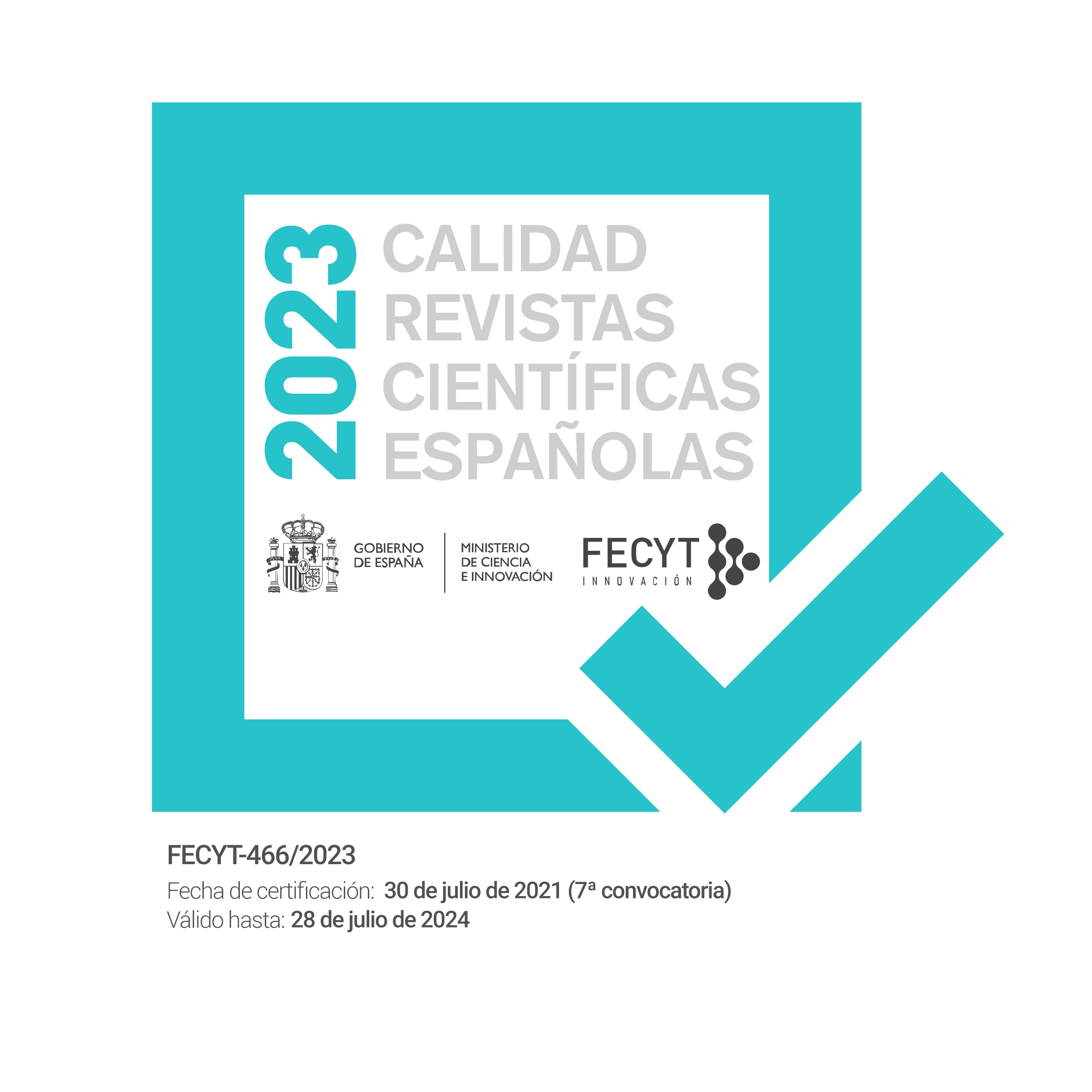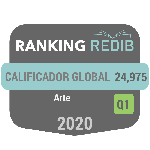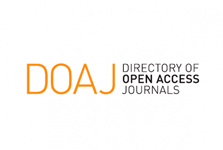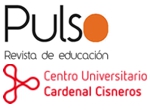Codiseñando en la didáctica de la moda
Resumen
Resumen: El tema de la cocreación, impulsada por la influencia del contexto económico y tecnológico, ha dado empuje a nuevas formas de trabajar el diseño, así como al desarrollo de nuevos roles para los diseñadores. Estos enfoques colaborativos se presentan como uno de los principales desafíos a los que se enfrentan, en la sociedad postmoderna, las escuelas de diseño.
Los educadores de moda tienen la oportunidad de adoptar un nuevo paradigma que puede preparar a los estudiantes para aprender a trabajar de una manera más sostenible, colaborativa e integrada junto con las necesidades reales de la sociedad. Además, esto fomenta el desarrollo de una cultura basada en un nuevo lenguaje y un nuevo pensamiento de moda.
Nuestro objetivo, sobre las bases de experiencias previas en la didáctica del diseño de moda, se centró en comprobar, a través de un experimento realizado en distintas escuelas (Italia y España) con dos grupos de 12 estudiantes cada uno, que los resultados alcanzados cuando ambos grupos empleaban métodos de trabajo colaborativos eran similares.
En la metodología cuantitativa empleada en esta investigación se utilizó una escala de co- creación para analizar las diferencias entre las muestras a través del test estadístico no paramétrico de U Mann-Whitney.
Los resultados mostraron que no se encontraron diferencias significativas entre ambos grupos. Además, los estudiantes lograron fortalecer sus niveles de creatividad, autoestima y confianza mientras compartían sus ideas y trabajaban dentro de la comunidad online.
Palabras Clave: codiseño, diseño, moda, creatividad pública, co-creación, comunidades online.
Abstract: Co-creation, driven by the influence of the economic and technological context, has propelled new ways of working with design, as well as the development of new roles for designers. These collaborative approaches are presented as one of the main challenges that design’ schools have to face in the post-modern society.
Fashion educators have the opportunity to adopt a new paradigm which prepares students to learn how to work in a more sustainable, collaborative and integrated way along with the real needs of society. In addition, this fosters the development of a culture based on a new language and a new fashion thinking.
Our aim was based on previous studies, built upon co-creative experiences brought to fashion design education. It focused on testing, through an experiment with 12 Italian and 12 Spanish students, in which both groups achieved similar results when facing collaborative working methods.
The quantitative methodology employed in this research used a co-creation scale to analyze the differences between the samples through U Mann-Whitney’s non-parametric statistical tests.
The results showed that there were no meaningful differences between groups and the students succeeded in strengthening their levels of creativity, self- esteem and confidence while sharing their ideas and work within the online community
Keywords: co-design, design, fashion, public creativity, co-creation, online communities.
http://dx.doi.org/10.7203/eari.8.10052
Texto completo:
PDFReferencias
Cassidy, T. (2011). The mood board process modeled and understood as qualitive design process tool. Fashion Practice, 3(2), 225-252. http://dx.doi.org/10.2752/175693811X13080607764854
Fadel, L.M., & Andalo, F. (2013). Using storytelling to investigate interactions. Art & Design Track, 395-401. Recuperado de http//www.sbgames.org/sgames2013/proceeding/artdesign/47-dtpaper.pdf
Franke, N., & Shah, S. (2003). How communities support innovative activities: An exploration of assistance and sharing among end-users. Research Policy, 32(1), 157-178. http://dx.doi.org/10.1016/S0048-7333(02)00006-9
Garner, S., & McDonagh-Philp, D. (2001). Problem Interpretation and resolution via visual stimuli: The use of mood boards in design education. International Journal of Art & Design: Design Educa, 20 (1), 57-64. http://dx.doi.org/10.1111/1468-5949.00250
Gascó-Hernández, M., & Torres Coronas, T. (2004). Virtual teams and their search for creativity. In: S. H. Godar, & S. P. Ferris (Eds.), Vitual and Collaborative Teams. (pp. 213-233). Hershey, PA: Idea Group.
Lee, Y. (2008). Design participation tactics: the challenges and new roles for designers in the co-design process. CoDesign: International Journal of CoCreation in Design and the Arts, 4(1), 31-50. http://dx.doi.org/10.1080/15710880701875613
Muller, M. (2012). Participatory design: The third in HCI. In J. A Jacko (Eds). Human- computer interaction Handbook (pp. 1132-1138). http://dx.doi.org/10.1201/b11963-57
Pardo-Cuenca, D (2014). La gestion del diseño de moda a través del consumidor: Co- diseñando en la didáctica de la moda (Tesis Doctoral) http://dx.doi.org/10.4995/Thesis/10251/40593
Piller, F., Schubert, P., Koch, M., & Möslein, K. (2005). Overcoming Mass Confusion: Collaborative Customer Co‐Design in Online Communities. Journal of Computer‐Mediated Communication, 10(4), 00. http://dx.doi.org/10.1111/j.1083-6101.2005.tb00271.
Sanders, E. B- N., & Stappers, P. J. (2008). Co-creation and the new landscape of design. CoDesign: International Journal of CoCreation in Design and the Arts, 4(1), 5-18. http://dx.doi.org/10.1080/15710880701875068
Sanders, E. B.-N. (2006a). Design serving people. In S. E, & A. L (ed.) Cumulus Working Papers. Simposio conducido por University of Art and Design. Helsinki, Finland: Copenhagen.
Sanders, L. (2008).On modeling. An evolving map of design practice and design research. Interactions, 15(6), 13-17.
Stappers, P.J. & Sanders, E.B.-N. (2003) Generative tools for context mapping: tuning the tools. In D. McDonagh, P. Hekkert, J. Van Erp, & D. Gyi (eds.) Design and Emotion: The Experience of Everyday Things (pp. 77-81). http://dx.doi.org/10.1201/9780203608173-c14
Visser, F. S., Stappers, P. J., Van der Lugt, R., & Sanders, E. B. (2005). Context mapping: experiences from practice. CoDesign, 1(2), 119-149. http://dx.doi.org/10.1080/15710880500135987
Von Hippel, E., & Tyre, M. (1995). How learning is done: Problem identification in novel process equipment. Research Policy, 2 (1), 85-12 http://dx.doi.org/10.1016/0048- 7333(93)00747-H
Wu, J. (2010). Co-design communities online: turning public creativity into wearable and sellable fashions. Fashion Practice: The Journal of Design, Creative Process & the Fashion, 2 (1), 85.http://dx.doi.org/10.2752/175693810X12640026716474
Enlaces refback
- No hay ningún enlace refback.
 Educación artística: revista de investigación (EARI) Los contenidos de Educación artística: revista de investigación se distribuyen bajo una licencia de Creative Commons Reconocimiento-NoComercial 4.0 Internacional. Editor: Institut Universitari de Creativitat i Innovacions EducativesUniversitat de ValènciaISSN: 1695-8403 / e-ISSN: 2254-7592Depósito Legal: V-4226-2002Domicilio postal: C/Serpis, 2946022 València (España)revistaeari@uv.es |
|||
 |
 |
 |
 |
Revistas consorciadas

